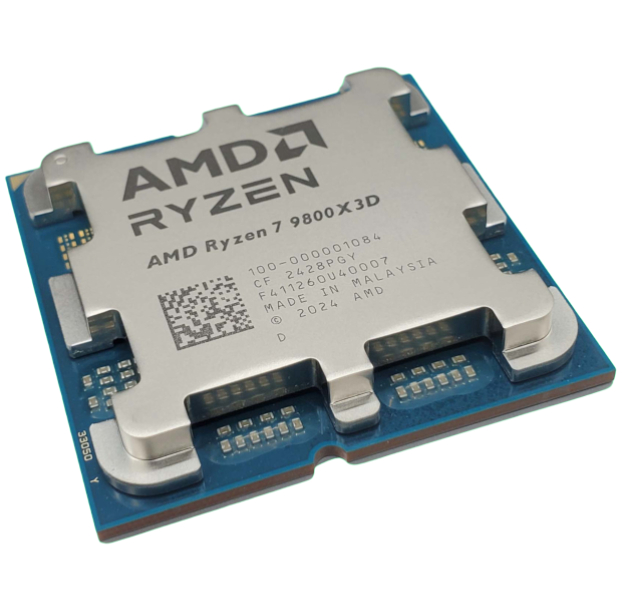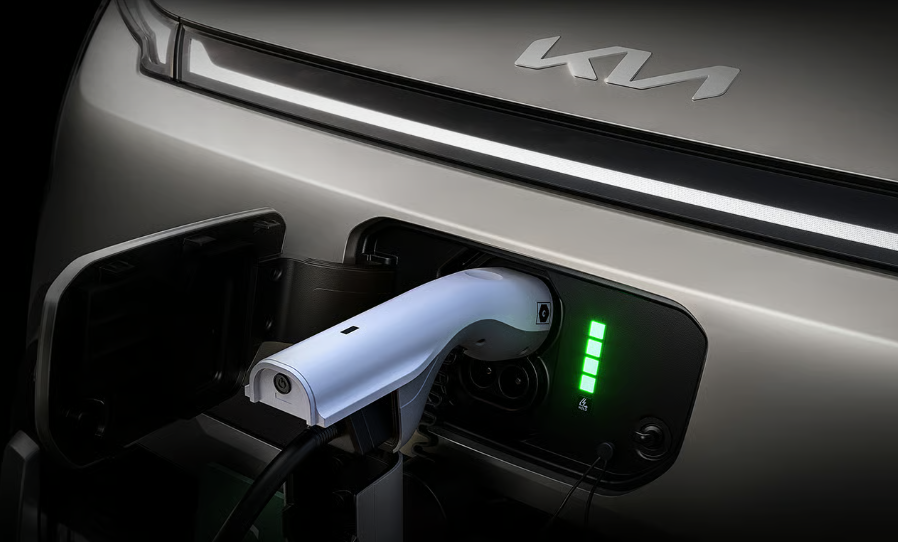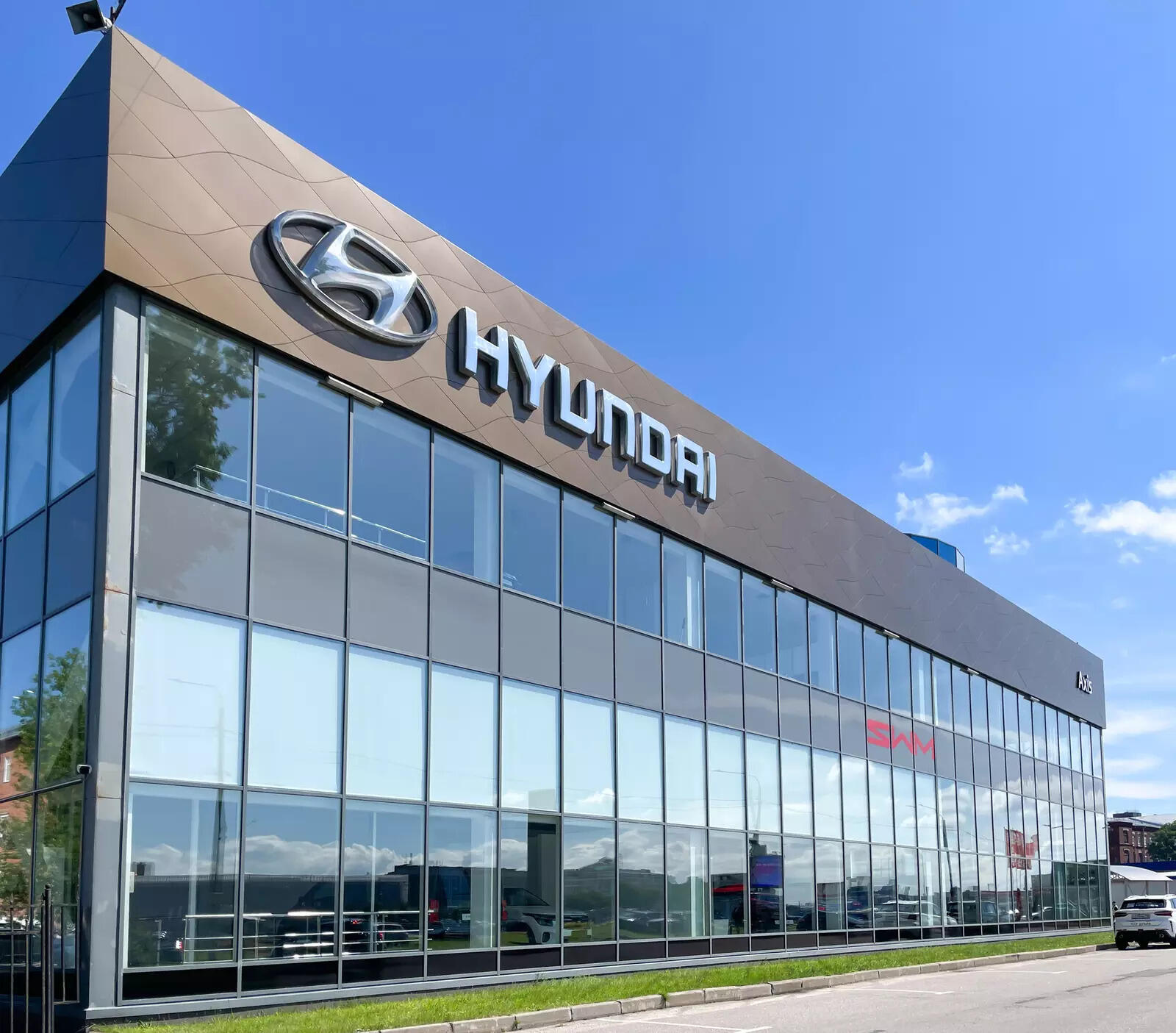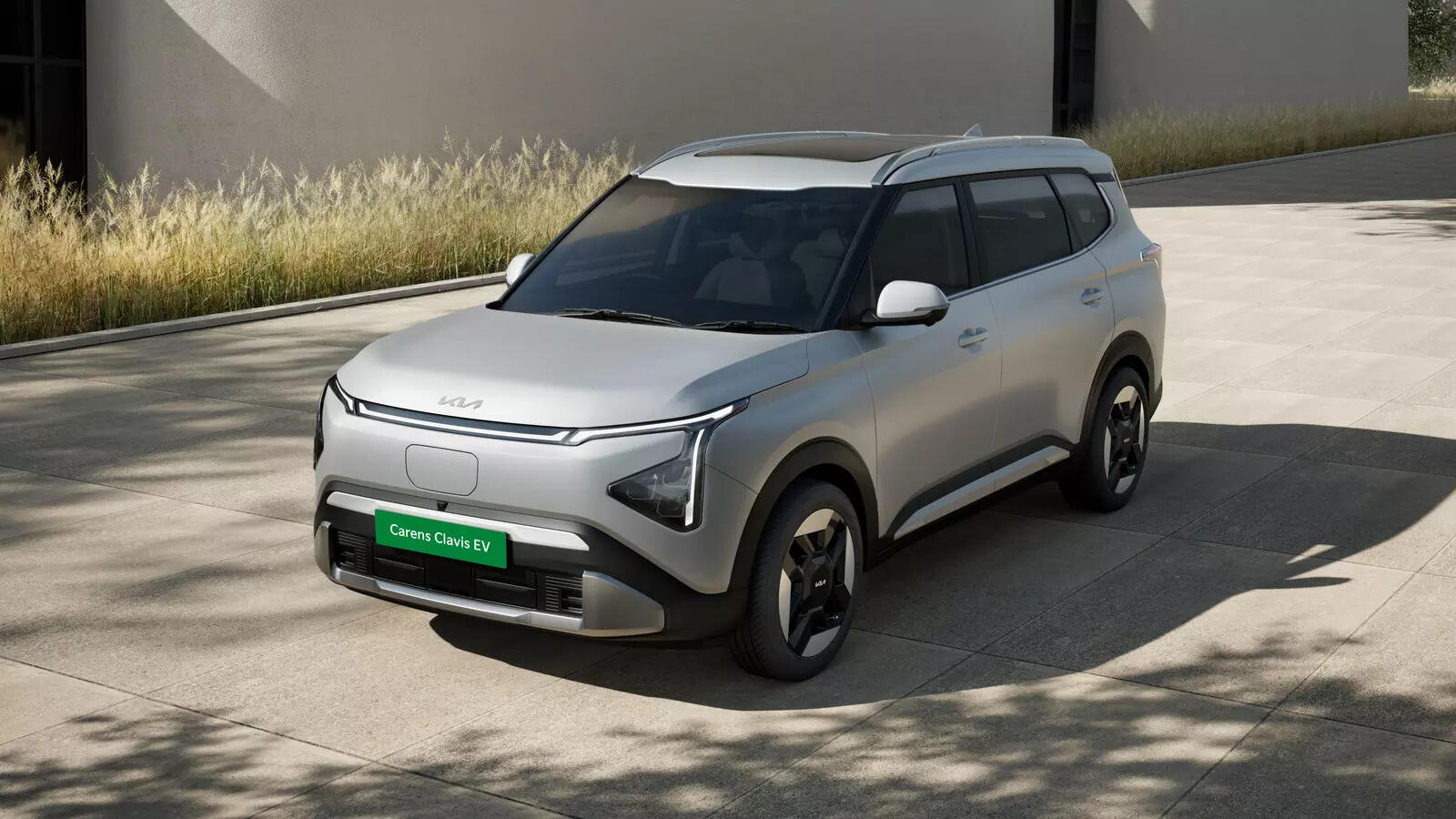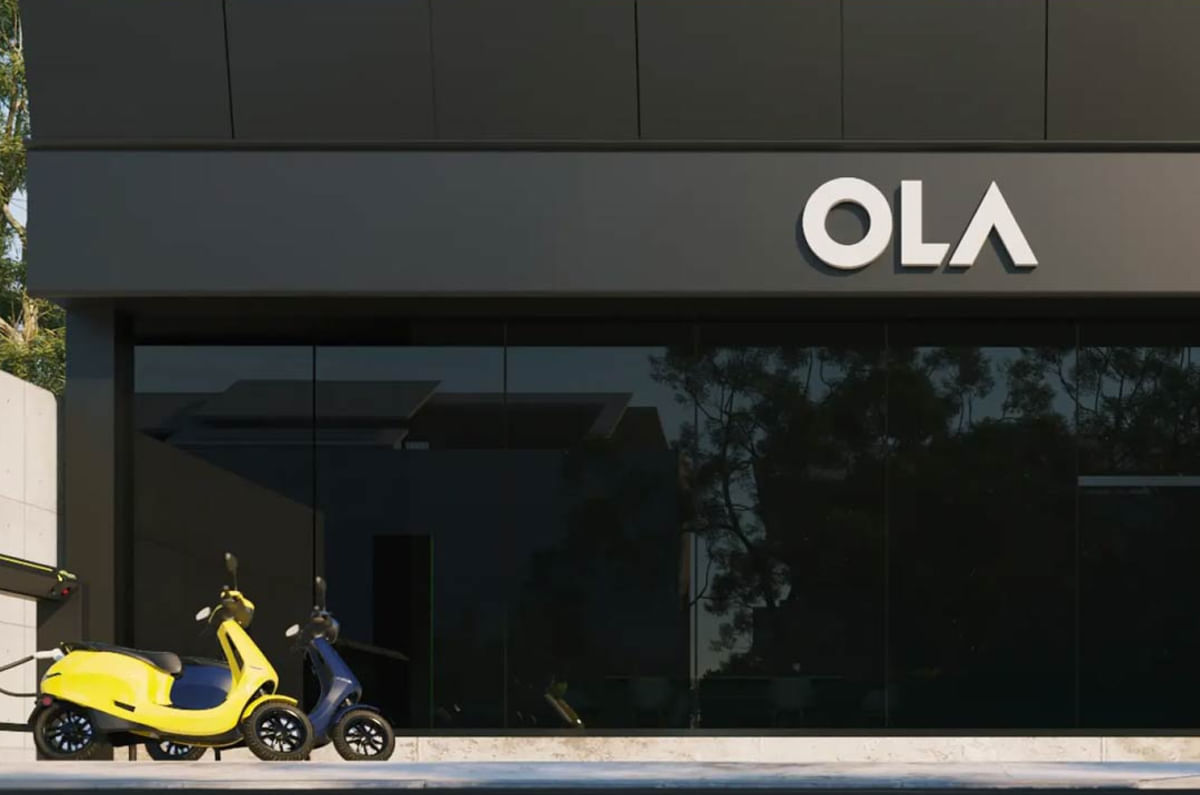
Ola Electric has reported higher revenue but deeper losses in Q1 FY26, as the EV maker battles slowing sales, rising competition, and delays in its battery plant expansion. The company is now betting on rare-earth-free motors, cost optimisation, and new products to revive growth amid shifting market dynamics.
- Ola Electric Q1 FY26 revenue rose to Rs 828 crore
- Rare-earth-free motors to roll out from festive season
- Cell plant scaled back; FY26 outlook stays flat
Ola Electric Q1 FY26: Revenue rises, but losses widen
Company to introduce rare-earth-free motors
Ola Electric reported a 35 percent rise in revenue to Rs 828 crore in the April–June quarter (Q1 FY26), but its net loss also widened to Rs 428 crore. Total income stood at Rs 896 crore, while continued high operating costs and lower-than-expected sales led to negative cash flow of Rs 143 crore.
The company’s EV business continues to drive the bulk of its revenue, with the automotive segment contributing Rs 826 crore. The newer cell manufacturing vertical contributed Rs 3 crore in revenue.
Ola’s earnings per share dropped slightly, while its market share continues to slip. After accounting for over 34 percent of India’s electric two-wheeler market in FY24, Ola’s share dropped to 29.9 percent in FY25 and further declined in Q1 FY26, where it slipped to third place behind TVS and Bajaj. The company sold over 68,000 vehicles in the quarter—nearly half of its volume from a year earlier.
To counter growing competition and supply chain uncertainty, Ola says it will roll out rare-earth-free motors in its electric scooters starting from Q3 FY26. The move comes amid China’s tighter restrictions on rare-earth magnet exports, which are widely used in EV powertrains.
Meanwhile, the company has sharply scaled down its ambitious battery manufacturing targets. It now plans to limit its cell plant capacity to 5GWh till FY29, down from the earlier 20GWh target by FY26. This puts Ola at risk of a Rs 100 crore penalty under the government’s PLI scheme, although the company has begun manufacturing its own 4680-format cells, which will begin replacing supplier-sourced cells from this quarter.
Also see:









